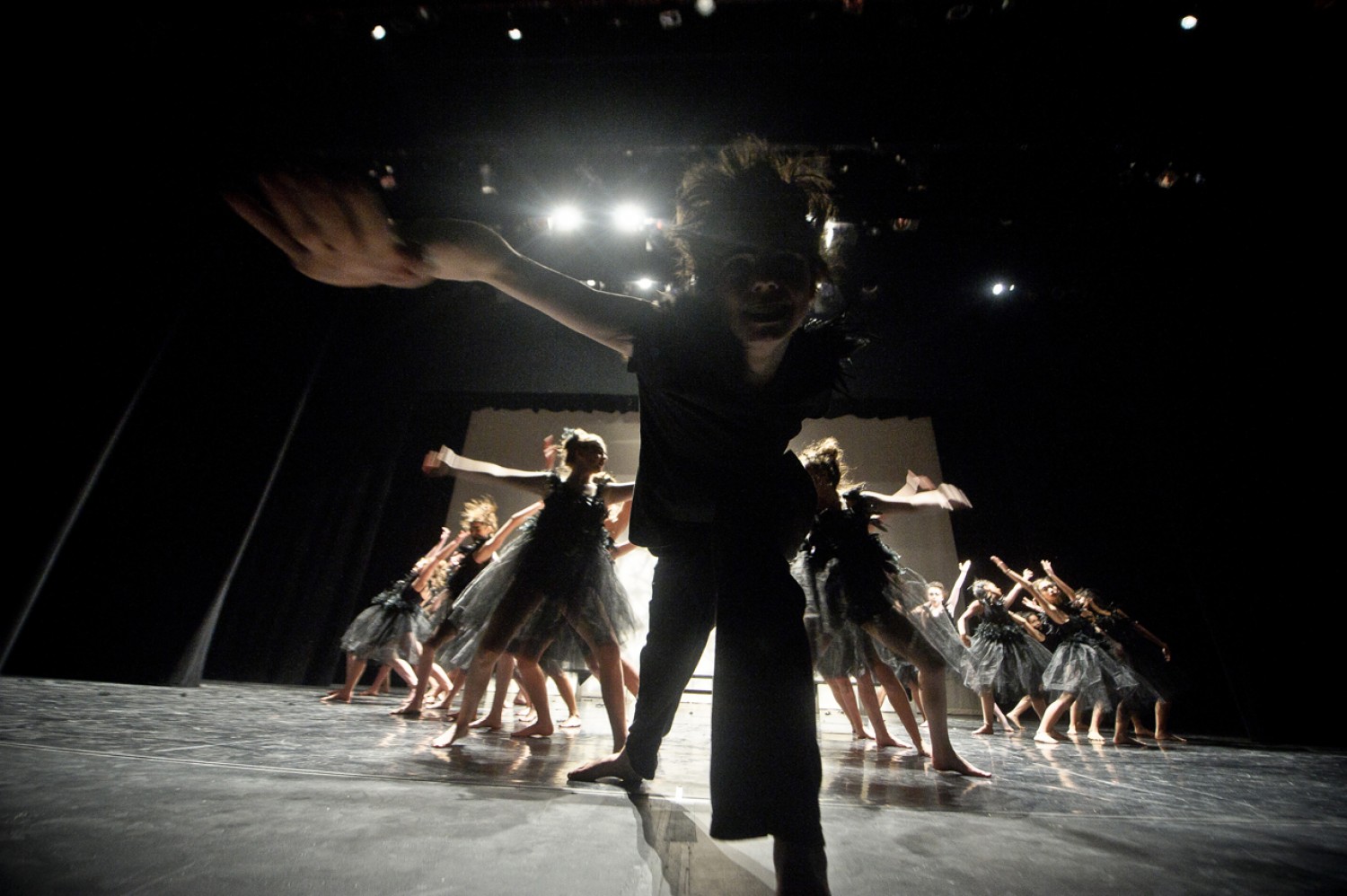How to Improve Your Dance Skills: A Comprehensive Guide
Journey to Becoming a Better Dancer
Start with the Basics
The key foundations of dance include developing flexibility, strength, and technique through regular practice. Even if you consider yourself a recreational dancer, establishing a solid base will allow you to progress your skills over time. Stretching daily is highly recommended to gradually improve range of motion and prevent injuries down the line. Focusing on fundamental dance movements such as positions, arm movements, and coordinating your body to music will serve as a strong starting point. Taking beginner dance classes is a great way to learn proper form under the guidance of an experienced instructor.

Explore Different Dance Styles
Broadening your dance horizons through exposure to various styles can spark creativity and teach you new movement vocabularies. Whether you enjoy hip hop, ballet, contemporary, tap, or another genre, exploring additional forms of dance allows for cross-pollination of skills. For example, strengthening your classical ballet techniques through posture and flexibility can benefit your hip hop choreography. Learning salsa dancing builds coordination transferred to modern. Building a well-rounded dance repertoire keeps your practice feeling fresh and challenging.
Develop Artistry Through Improvisation
While technique provides an essential foundation, true artistry flourishes when dancers learn to freely express themselves through movement. Regularly incorporating improvisation sessions cultivates spontaneity, communication, and performance qualities like performance presence. With improv, there are no wrong answers - only opportunities for self-discovery. Try closing your eyes, feeling the music deeply, and allowing your intuition to guide instinctive body responses. Improvisation lowers inhibitions and fosters authentic self-expression through dance.
Learn Choreography Effectively
Mastering choreography requires focus, repetition, and understanding how to efficiently learn complex routines. Here are some tips:
- Start by watching choreography videos in slow motion to fully see the intricate details. Practice sections one move at a time.
- Use alignment sticks, ribbons, or other visual aids to learn spatial relationships between dancers in a group piece.
- Connect choreographic phrases to lyrics or musical phrases for easier recall during performances.
- Record yourself frequently to self-critique, notice improvements over time, and have a visual reference.
- Don’t get frustrated with mistakes. Celebrate successes along the learning process for motivation.
Prioritize Health and Wellness
As with any physical activity, proper nutrition, hydration, rest, and injury prevention are crucial for dancers. Be mindful of how diet and lifestyle habits affect your energy levels and performance ability. Choose stretches and cross-training exercises tailored towards any weak areas. Getting seven to nine hours of quality sleep nightly allows the body and mind sufficient downtime to recharge. With diligent self-care, dancers can pursue their artistry for many healthy years to come.
Resources for Ongoing Growth
Gather Feedback from Experienced Mentors
While self-study provides a solid foundation, periodic feedback from expert teachers and choreographers becomes essential for honing technique and achieving artistic goals. Ask mentors to specifically point out strengths as well as areas needing improvement. Maintaining an open and humble attitude supports maximizing the value of critiques for future progress. Consider engaging private coaches periodically for advanced personalized training.
Film and Analyze Your Progress Over Time
Taking before-and-after videos serves as a highly effective self-evaluation tool. Reviewing footage allows for an objective view of subtle changes in areas like alignment, flexibility and performance confidence that the naked eye may miss in real-time. Comparing current to past videos also celebrates growth achieved through dedicated practice. Maintaining digital portfolios inspires continuity through clear documentation of skills over a dance journey.
Consider Dance Competitions and Conventions
Entering competitions offers dancers valuable exposure to diverse choreography, coaching from renowned instructors, and performance experiences in energized environments with fellow artists. Regional and national conventions cultivate networking opportunities while expanding dancing horizons. Workshop intensives stimulate creativity and technical refinement through immersive learning in various dance genres. Competitions present goals for elevated commitment with trophies rewarding hard work.
Explore New Directions and Career Possibilities
While dance primarily began as a recreational passion, ambitious dancers may consider exploring career paths within the profession. Possibilities include dance instruction, choreography, performance, dance ministry, dance therapy, and more. Advanced training through accredited university programs prepares for professional roles through specialized techniques, production experience, business courses and internships. Continual self-development maintains dancing relevancy and possibility for ongoing contribution to the art form.
Bringing It All Together
The dance journey offers continual growth through lifelong dedication to craftsmanship, health, and community. View setbacks not as failures but opportunities to learn, adjust and achieve greater heights. Fully embracing dance’s transformative powers uplifts both individual dancers and audiences touched by each performance. May the discussed techniques and resources herein support your dance evolution at whatever skill level towards expressing humanity’s shared capacity for inspired physical expression and beautiful artistry.
